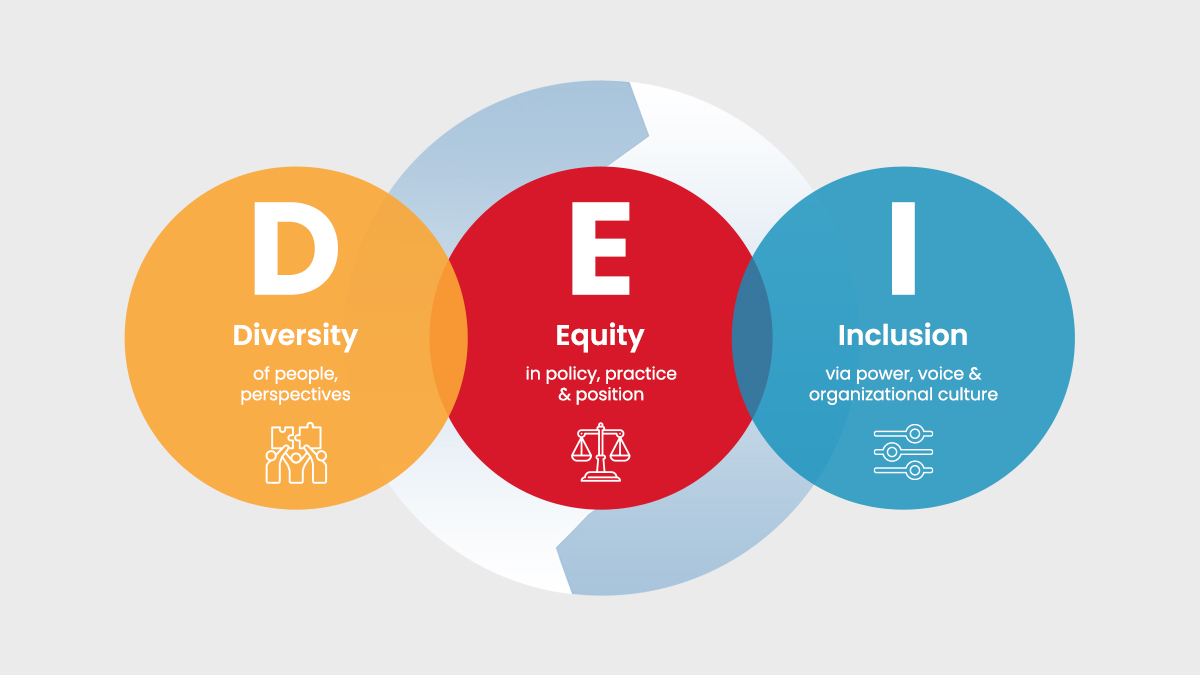“A seed neither fears light nor darkness, but uses both to grow”: Matsona Dhliwayo (Entrepreneur & Author)
The genesis of ‘Seed Certification’ could be traced to Sweden during the early 20th century. It all started when an agronomist-cum-plant breeder visited some progressive farmers and collected seeds from them. The objective was to study and identify reasons of contamination in those seeds and propose ways to stave them off. Thus, began the process of field inspection and seed scrutinizing. In other words, the seed for ‘seed certification’ was sown.

Globally, the concept of seed certification gained currency with the establishment of the International Seed Testing Association (ISTA) in 1924. Closer home, in India, the process took off with the establishment of National Seeds Corporation (NSC) in 1963. It got legal teeth with the enactment of Indian Seed Act, 1966 and framing of Seed Rules in 1968. Today our seeds are now ‘governed’ by the Indian Minimum Seed Certification Guidelines (1988, Amendment 2013)
Seed Trade in the Face of Regulatory challenges
In order to feed the world population of 9.3 billion people by 2050, the food production needs to double up, and the most incremental output has to come from higher seed quality. The world market for seeds- both public and commercial is estimated at around $50 billion in 2011 from a mere $8.2 billion in 2010 (International Seed Federation, 2011). Seed and its quality becomes paramount.
It is therefore, a but-must compliance procedure for all seed growers and traders to adhere to regulatory features that guarantee quality standards. But Inability to track certified seeds from production to the market, looms is a major challenge in the face of all schemes. Coupled with the difficulty in producing accurate market data and duplication of seed certification programs, the problem is in plain sight — Lack of digitalization.
How Automation Breaks Barriers
Guidelines laid down by OECD (Organization for Economic Co-operation & Development) has been the cornerstone of massive IT enabled applications to manage monitor Seed certifications and its regulations in developing economies.
An automated project in East Africa illustrates how tapping GovTech solutions can lead the way. The web-based Seed Certification and Plant Variety Protection System (SC-PVP) adopted by Kenya Plant Health Inspectorate Service (KEPHIS) is a win-win solution. It saves clients’ money and time and eases manual feeding work on inspection. The tie-up between KEPHIS and TMEA (Trade Mark East Africa) offers regulatory relief to seed certification challenges. Also, labelling, placing orders and sampling and resampling of orders is made easier by this solution.
Closer Home…
Indian Council of Agricultural Research (ICAR) shows the domestic seed market’s share is less than five per cent of the global market. The use of quality seeds alone can enhance productivity by 15–20 per cent. This strengthens our case for establishing world class facilities for seed testing and certification to match international protocols. India is also warming up to the concept of technology solutions for seed certification. There have been more than 20 policy initiatives in the country, all emphasizing the need of infrastructure and technology upheaval of the seed industry to attain food and nutritional security in the country. One of the thrust areas of Seed Bill 2004, talks only about registration, monitoring and regulation.
Therefore, it’s a classic case of Requirement leading to Demand for sustainable technology interventions. A tilt towards disruptive GovTech solutions can catalyse the change needed and promises can pour over the platter.
The author is Priyadarshi Nanu Pany, founder & CEO of CSM Technologies. This article was originally published on his LinkedIn profile: https://www.linkedin.com/pulse/seed-certification-can-take-leap-future-priyadarshi-nanu-pany


























































We will verify and publish your comment soon.